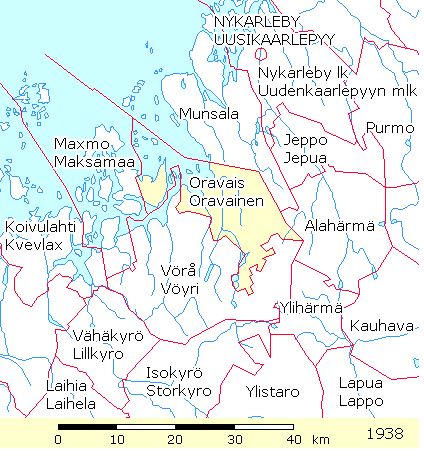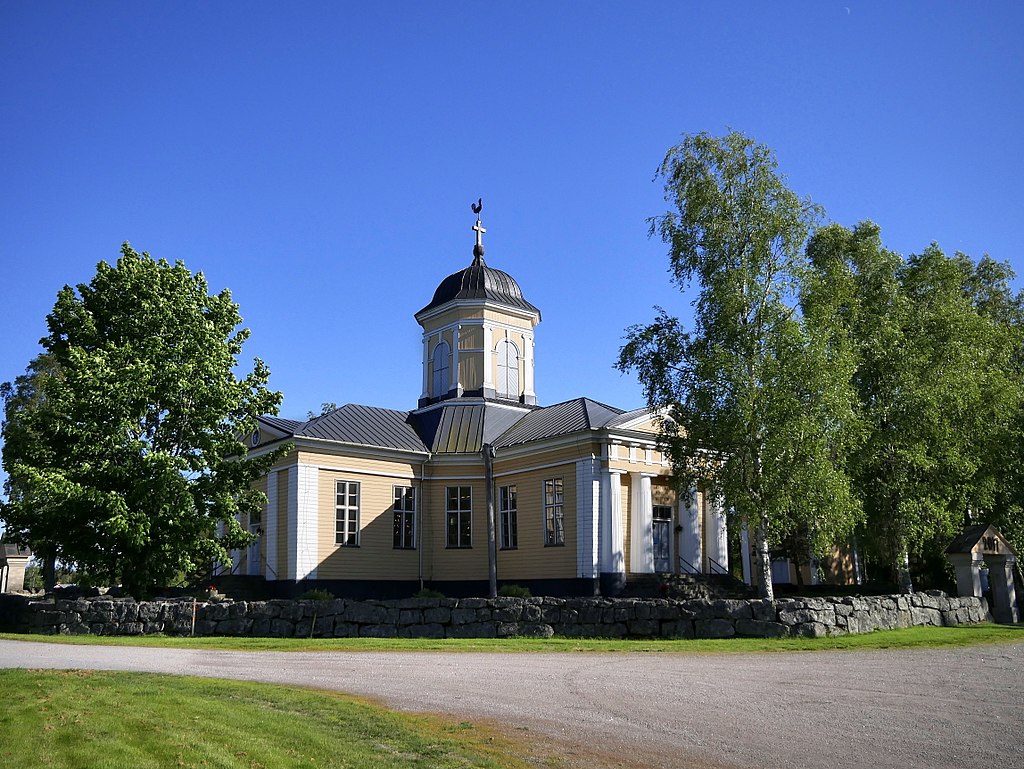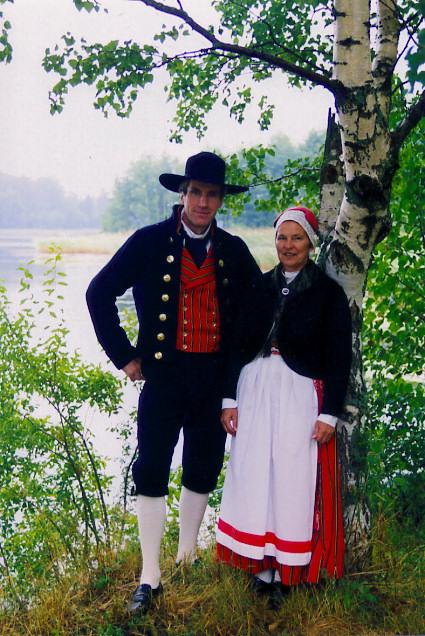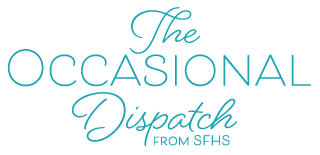Ostrobothnia
Oravais
Parish History
- Oravais originally was part of the Vörå parish
- In 1676 it became a chapel parish of Vörå
- In 1859 it became an independent parish 6
Parish Records
Villages and farms of Oravais were recorded in T.W. Karsten’s work, Svesk Bygd I Osterbotten: Nu Och Fordom. 5 Oravais Parish Communion records were not used to confirm these findings.
Because parish Communion records are listed by villages and farm names and because farm names often were used as a part of a person’s name, it is interesting to note the following farms.
To open a printable list of villages and farms (pdf), click here.
Historic Villages
The historical villages within Oravais include:
- Kyrkoby – the church village
- Karvat
- Kimå
- Komossa
- Oxkangar
- Österby
Farms
- Karls
- Backa
- Nybonde
- Tors
- Väst
- Bertils
- Ropar
- Seiplaks
- Mårtens
- Jakobs
- Knuters
- Skog
- Simons
- Betlehem
- Ruts
- Eskils
- Ulvis
- Markus
- Rännar
- Lassus
- Eurs
- Kock
- Jakobs
- Roukkus
- Mattus
- Jopers
- Back
- Staffans
- Perus
- Knuters
- Mutta
- Söder
- Gammelgård
- Kyr
- Präst
- Sigfrids
- Sågars
- Röuks
- Auras
- Bagge
- Svedar
- Keskis
- Hede
- Agnesback
- Brannars
- Komossa
- Kocki
- Kuopp
- Haapa
- Lillbacka
- Abrams
- Antus
- Sigfrids
- Ryss
- Nygård
- Nissus
- Lundberg
- Skeppars
- Pensar
- Rausk
- Ängland
Of Interest
Iron Works
Oravais and nearby parish, Storkyro, both had iron works. This was in great part due to miners and iron workers from Belgium bringing new iron skills to Sweden. Once established in Sweden, the iron skills moved into Finland. The Belgium iron workers were referred to as ‘Walloons’.
Vallon [Wallon] forging was the principal iron-working method in Sweden from the early 17th century until the early 20th century. Their skills prompted trade with other countries due to the fine-quality product. When producing iron, the ore was first smelted into pig-iron in blast furnaces and then worked into bar iron by smiths in the forges. The bar iron was a high quality semi-manufactured article that was further processed by the customer into finished products. 11, 12
The Battle of Oravais
The Battle of Oravais was a critical event during the Finnish War of 1808 – 1809 between Russia and Sweden. This battle took place on September 14, 1808. Russian troops attacked the Swedish troops. With the Russians winning the battle, a turning point in the war occurred. This battle is considered one of the bloodiest of the war – it is estimated that there were at least 1,000 Finnish and Swedish and 800 Russian casualties. After the defeat of this war, Sweden lost Finland and it became a ‘Grand Duchy’ under Russia. 1, 4, 6
Oravais Power Point Presentation
This presentation was created by Bo-Ingmar Carlson, Oravais resident for the Parish Coffee Zoom Call held on June 26, 2021. To see current pictures of Oravais, click here.
Grand Duchy
A ‘Grand Duchy’ is a country or territory whose official head of state or ruler is a monarch bearing the title of grand duke or grand duchess. The Grand Duke of Finland from 1809 to 1917 were the reigning Russian Tsars, which were:
- Alexander I who ruled from 1809 – 1825
- Nicholas I – 1825 – 1855
- Alexander II – 1855- 1881
- Alexander III – 1881 – 1894
- Nicholas II – 1894 – 1917
‘In 1809 the Finnish Diet recognized Tsar Alexander I as Grand Duke. For his part, Alexander confirmed the rights of the Finns, in particular, promising freedom to pursue their customs and religion and to maintain their identity.’ 3
Finland was for the most part autonomous from Russia for decades.
‘Tensions increased after the Russification policies were enacted in 1889, which limited autonomy and cultural expression. The unrest in Russia and Finland during World War I and the subsequent collapse of the Russian Empire resulted in the Finnish Declaration of Independence and the end of the Grand Duchy.’ 3
The Island of Västerö
The island of Västerö, off the coast of Oravais played an important role in Finnish history. At the beginning of WWI, the dream of Finland becoming an independent country began to actualize. About 2,000 Finns traveled to Germany to receive Jäger military training. (The word jäger refers to both marksmanship and the use of light infantry.)
To avoid Russian suspicion, Finns used secret roads travelling to and from Germany. One of these roads passed through the island of Västerö. In late October 1917, a German occupied English ship called Equity left Danzig and laid anchor by the beach of Västerö. Four days later the weapons were successfully unloaded. The Russians did not find out.
References
- Battle of Oravais, https://en.wikipedia.org/wiki/Battle_of_Oravais
- Genealogical Society of Finland, HisKi project, Oravais parish, http://hiski.genealogia.fi/hiski/a6q5c7?en+0365
- Grand Duchy of Finland, https://en.wikipedia.org/wiki/Grand_Duchy_of_Finland
- Jensen, Alicia, ‘Discovering Swedish-speaking municipalities: Vörå’, Helsinki Times; December 18, 2014
- Karsten T.W., Svesk Bygd I Osterbotten: Nu Och Fordom; Helingfors, 1923, pages 171 – 175
- List of former municipalities of Finland; Wikipedia
- Oravais, https://en.wikipedia.org/wiki/Oravais
- Oravais Church image, https://commons.wikimedia.org/wiki/File:Oravainen_Church_20170628.jpg
- Oravais Kyrka video, https://www.youtube.com/watch?v=Uyd56v2kkZ8
- Oravais Folk Dress image, Brage costume agency, https://www.brage.fi/sve/draktbyra/draktbyran/folkdrakter/view-163648-89
- ‘Oravais and the Kimo Iron Works’, based on brochures donated to SFHS by the Oravais Hembydsföorening, rf, article printed in the Swedish Finn Historical Society Quarterly publication Volume 4, Issue 3
- Vallons in Sweden, https://www.familysearch.org/wiki/en/Vallons_in_Sweden




